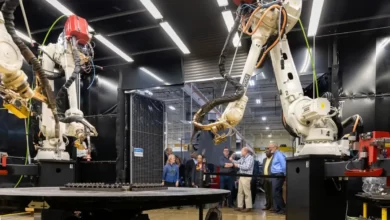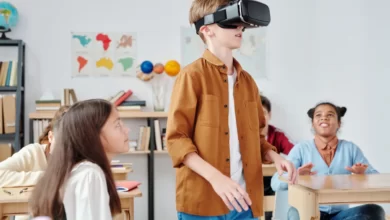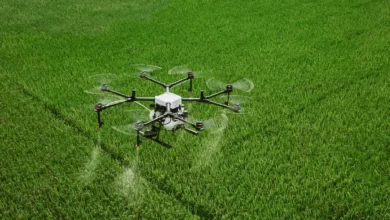The role of robotic assistants has become increasingly prominent in the modern era of technology and gadgets. From the humble beginnings of chatbots to the sophisticated realms of personalized AI, these digital companions are revolutionizing the way we interact with machines and access information. Join us as we explore the diverse world of robotic assistants, tracing their evolution and highlighting the groundbreaking advancements that are shaping the future.
I. Introduction to Robotic Assistants
Robotic assistants encompass a wide spectrum of technologies designed to assist and augment human activities. The journey begins with chatbots, the pioneers of this field. These text-based conversational agents laid the foundation for more sophisticated robotic assistants that we encounter today. As technology progressed, we witnessed the emergence of voice-activated assistants and AI-driven entities capable of learning and adapting to user preferences.
II. The Rise of Chatbots
Chatbots, often underestimated for their simplicity, were the trailblazers in human-computer interaction. Early versions were confined to scripted responses, but with advancements in natural language processing (NLP), they evolved into more intuitive conversational agents. Today, chatbots power customer service, streamline business communication, and even serve as companions in various applications.
III. Voice-Activated Assistants

The advent of voice-activated assistants marked a paradigm shift. Enabled by technologies like automatic speech recognition (ASR) and natural language understanding (NLU), these assistants, such as Siri and Alexa, transformed the way we interact with our devices. The convenience of voice commands opened new avenues, from controlling smart homes to hands-free information retrieval.
IV. Personalized AI: The Future Unleashed
The pinnacle of robotic assistants is reached with personalized AI. These entities, powered by machine learning algorithms, not only understand user commands but also learn and adapt to individual preferences. From predicting user needs to offering tailored recommendations, personalized AI is ushering in a new era of human-computer synergy. The blog will explore examples such as virtual personal assistants that anticipate user behavior, making daily tasks more efficient and enjoyable.
V. Challenges and Ethical Considerations
While the potential of robotic assistants is immense, it comes with challenges. From privacy concerns to the ethical implications of AI decision-making, this section will shed light on the darker side of these technological marvels. It will also discuss ongoing efforts to address these issues and ensure the responsible development and deployment of robotic assistants.
VI. The Future Landscape
As technology continues to evolve, so does the landscape of robotic assistants. This section will speculate on future possibilities, including advancements in emotional intelligence, more seamless integration into daily life, and potential breakthroughs that could redefine the very nature of human-computer interaction.
Conclusion
Robotic assistants have come a long way from simple chatbots to the sophisticated personalized AI we have today. As we navigate this technological landscape, it’s essential to strike a balance between innovation and ethical considerations. The future promises even more exciting developments, and by understanding and embracing the potential of robotic assistants, we can usher in a new era of convenience, efficiency, and collaboration between humans and machines.









